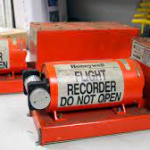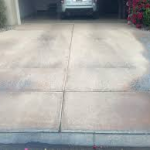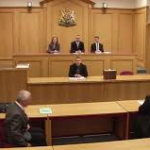You might think that the danger from fire is not as grave as it once was, but sadly there are still many fires that endanger and even end life. Recent high-profile fires include the tragedy of Grenfell Tower in London and a few days ago, the devastation caused at the Glasgow Art School. Never has fire had such a huge impact than that which occurred during 1660, again in our capital. The Great Fire of London was a colossal disaster, mainly due to the lack of knowledge about fire that we have today.
Most of the capital’s buildings were made from wood, which would then be covered in a substance known as pitch which was highly flammable. The rooftops were made from thatch, which was also flammable. The buildings were also closely packed together. All of these factors made the spread of fire inevitable in one of the most densely populated cities in Europe.
As well as homes being packed close together, there were also many thousands of animals living in the city. This meant hay and straw was in abundance in the streets of the city, which is also flammable. It had been a hot summer with a drought, making the dry timber even more of a risk should a fire break out. To top it all, London had no fire brigade like we’re used to today. In 1666 there was no organised fire brigade. The ability and experience to put out flames was minimal indeed.

The fire started in a bakery shop on Pudding Lane on 2nd September 1666. By the early hours of the morning, the first building was fully ablaze. People were not unduly worried immediately, as fires were a common sight. However, when the fire began to spread down the road, spurred on by the wind, residents began to get worried about the proximity of warehouses on the Thames that contained highly flammable materials like oil and tallow. Make sure your premises are prepared in case of fire with help from a Fire Risk Assessor Gloucester
A famous diary written by Samuel Pepys provides great detail about the spread of the fire. He was in the Royal Navy and suggested that homes be pulled down to clear a space where the fire would stop. Unfortunately, this didn’t work. Residents continued evacuating their homes, burying any valuables they couldn’t carry with them.

Pepys and the Admiral of the Navy decided to use gunpowder to blow up the buildings in the path of the fire. This did bring the fire under control by the 5th September, although small fires still broke out and the ground stayed too hot to walk on for many days. Even the King was seen helping to put the fire out.
The city had to be almost completely rebuilt with many temporary buildings that were insufficient. Disease spread, killing many people in the hard-wintry conditions that soon followed the fire. The cost of the damage was thought to be around £10 million!





















+ There are no comments
Add yours